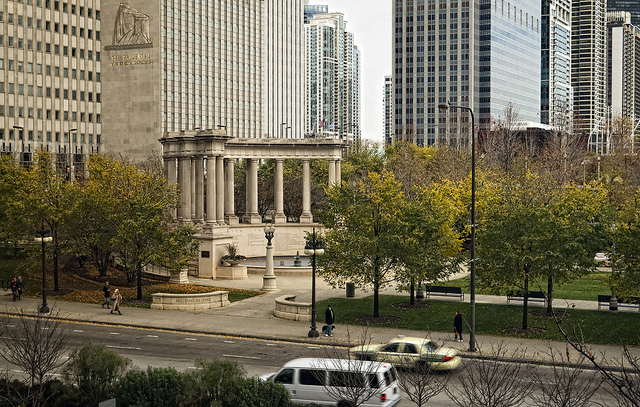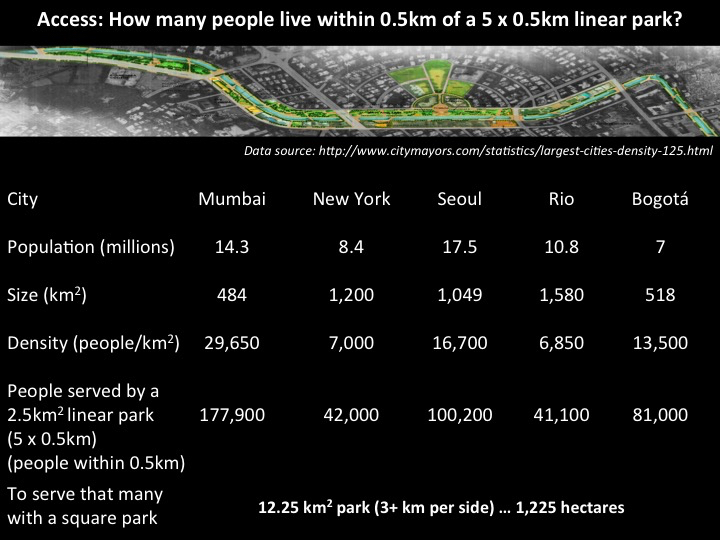Within cities, the location and shape of new green space is deceivingly complex.
City leaders increasingly take cues from public health research and advocates in recognizing the known benefits of nature spaces. But why now? It could be a combination of scientific progress and migration shifts.
The U.S. Census reports that about 80% of the U.S. population lives in cities and towns. More than 50 percent of the world’s population now lives in cities, and further concentration in urban areas is forecast.

Both the social and physical environments of one’s life play a role in a person’s mental response to challenges.
As more people move into urban centers, they enter the places and the conditions that can compromise mental health. As a result, health officials now launch initiatives that target disease, and also promote supportive situations so that each and every person has the opportunity to experience positive mental health. Researchers in the area of “nature engagement” and health are using new technologies to measure and understand human response in real-time when in nearby urban nature spaces. For example, mobile EEG technology allows researchers to measure brain waves while a participant strolls along concrete sidewalks, through shopping areas, and city parks. In these studies, human brain waves shift into more relaxed states in city park spaces. An abundance of research prior to these support the claim that green spaces lower stress, reduce anxiety, reduce depression, improve blood pressure and heart rate, promote positive mindsets, promote creativity, and support social engagement. An increase in this area of research seems to be reaching city leaders and planners in ways that result in change.
In response to migration and public health policy, cities hope to add more green space. Most cities have a standard ratio of population density and green space access. One of the goals of New York City’s sustainability plan is that every resident should be within a five-minute walk to a park. Converting existing city spaces into a park is a question of cost, availability, need and priority. Many cities lack existing space for a large or “traditionally” designed green space. Transportation departments are one sector leading discussion of green space access. Aging infrastructure in some cities are replaced by linear parks such as New York’s Highline, Boston’s Rose Kennedy Greenway, and Los Angeles’ Emerald Necklace. A now infamous former site of a downtown highway in Seoul, South Korea is a global example of nearby nature possibilities.
A claim can be made that city planners have always had a responsibility to create healthy spaces for city dwellers.
But for the last few decades city residents were the people left behind after “white flight”. People with low-incomes, or minorities, weren’t supported. Now that the young and affluent are moving into cities, and economic development is on the upswing, cities are paying attention. With this history of discrimination, who has access to healthy environments is a more pressing question than ever. The US Department of Transportation succinctly confronts this need and priority: “America’s highways, railways, airports, ports and transit systems help drive our economy. There is a regrettable legacy of aligning and designing transportation projects that separated Americans along economic and even racial lines. At a time when our nation has so much infrastructure to repair and replace, we have a chance to do so in a much more inclusive way that will simultaneously expand economic opportunity and socioeconomic mobility throughout America.”
In April of this year, Nature of Cities’ David Maddox wrote a compelling article about the benefits and trend of linear parks. Maddox writes about New York, Los Angeles and Mumbai, stating “The Sustainable Cities Program of the University of Southern California reports that, countywide, only 36 percent of Los Angeles children live within ¼ mile of a park. (It is 85 percent in San Francisco.) Worse, the number of park acres per 1,000 children is much higher for census tracts dominated by white families than tracts dominated by African American or Latinos. That is, African-American and Latino children have less access to parks and their benefits…and while New York is a relatively dense city—New York has approximately 4m2 of open space per person—Mumbai has much less: people in Bombay have only 1 percent as much open space as New Yorkers.”
Maddox dissects how a linear shaped park, as opposed to a square or smaller rectangle, is one possibility in increasing access for all residents in cities with little space to spare.
Maddox describes how four equally sized parks have dramatically different perimeters because of their shapes. With the same amount of area, a long and skinny park is within 1/2 km of almost twice as many people as a square park. A linear design could make green space available in more areas. See the full article for further analysis and examples.

Nature Sacred promotes green spaces that provide opportunities for reflection, contemplation, and moments of quiet. The linear park design, with an abundance of edges, may not provide full immersion or quiet (Satellite imagery does provide information on shapes of green spaces). Thick vegetation and trees are known to screen visitors from noise and traffic views, and could be sufficient with enough consideration. We are interested in seeing more examples of city leaders and planners pushing boundaries and creating green space in areas historically lacking.
